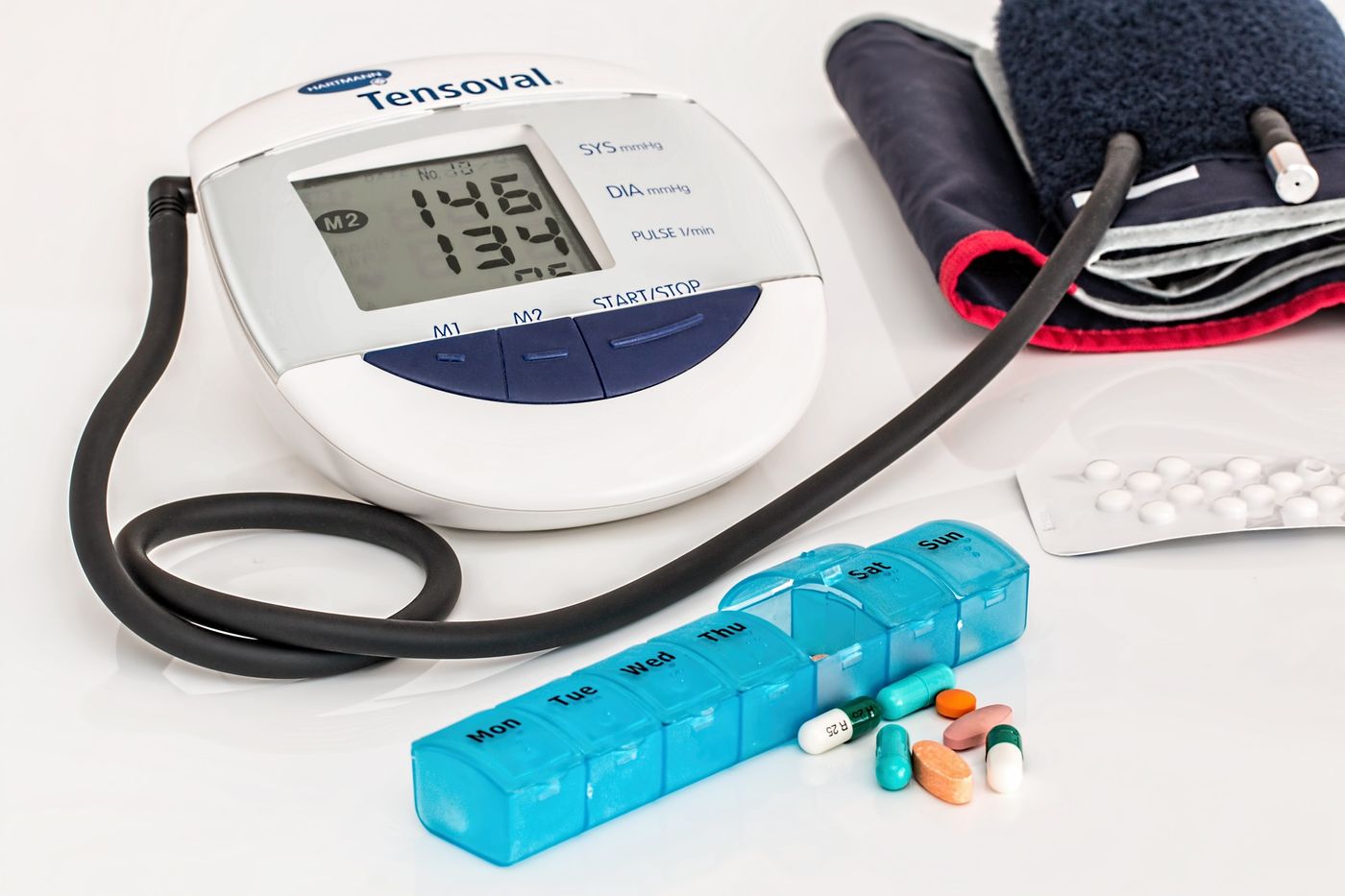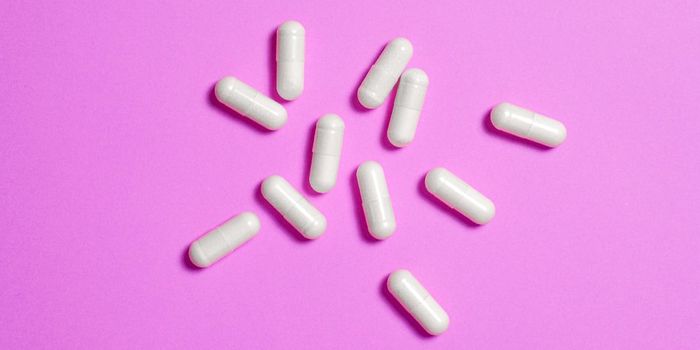Three in One Pill Lowers Blood Pressure
Worldwide elevated blood pressure is estimated to cause 7.5 million deaths, about 12.8% of all deaths. With 40% of adults aged 25 or over having elevated blood pressure. It is a significant risk factor for coronary heart disease, stroke, and blood flow restriction as well as complications such as vascular disease, heart failure, and retinal hemorrhage. For some age groups, increases of 20/10 mmHg of blood pressure double the risk of cardiovascular disease. A recent study published in the Journal of the American Medical Association tested a three in one pill for high blood pressure treatment.
Most individuals with high blood pressure do not show any obvious symptoms, but certain risk factors such as family history, gender, age, and race can all play a role. Some modifiable traits such as weight, alcohol consumption, cholesterol, diet, and stress can all increase the risk for high blood pressure. If left untreated high blood pressure can damage the circulatory system and contribute to heart attack, stroke, and other health complications. But, if not prevented altogether, high blood pressure can be managed and treated to allow for a long and healthy life.
The recent study conducted by Dr. Ruth Webster of the Georgia Institute of Global Health showed that a three in one pill, referred to as the Triple Pill, was a more effective method of treatment than standard care while being safe. Patients were given three drugs used for blood pressure treatment: telmisartan, amlodipine, and chlorthalidone. But the medications were at a half dose each, in a single pill, for the early treatment of high blood pressure. Previous standards for treatment involved one drug at a very low dose, with increased doses over time and additional drugs added as treatment progressed.
The trial was conducted in Sri Lanka and included 700 patients with an average age of 56 and blood pressure of 154/90 mm Hg. Patients received either the Triple Pill or typical blood pressure medication and were monitored over six months. Patients on the Triple Pill achieved the target blood pressure of 140/90 or less at higher proportions, 70 percent, than patients receiving typical care where only 50 percent met target levels.
With the World Heart Foundation hoping to reduce 25 percent of blood pressure levels globally by 2025, the Triple Pill offers a promising low-cost way of helping meet this goal. Dr. Anushka Patel, Principal Investigator of the trial and Chief Scientist at the George Institute, said of the study "This study has global relevance. While the most pressing need, from the perspective of the global burden of disease, is low-and-middle-income countries, it's equally relevant in a country like Australia where we're still achieving only 40%-50% control rates for high blood pressure." Future work will look at strategies to maximize uptake of the study results, including examination of acceptability of the Triple Pill approach by patients and doctors as well as the cost efficiency of the treatment.
To learn more about high blood pressure watch the video below!
Sources: Journal of the American Medical Association, World Health Organization, World Heart Federation, American Heart Association









